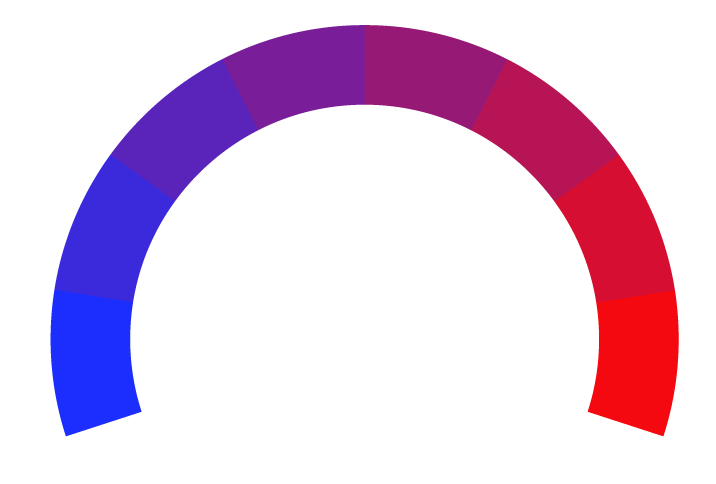 Washington Examiner Article Rating
Washington Examiner Article RatingDaily on Energy: SCOTUS closes the open ends of WOTUS
- Bias Rating
- Reliability
100% ReliableExcellent
- Policy Leaning
-10% Center
- Politician Portrayal
-12% Negative
Continue For Free
Create your free account to see the in-depth bias analytics and more.
By creating an account, you agree to our Terms and Privacy Policy, and subscribe to email updates.
Bias Score Analysis
The A.I. bias rating includes policy and politician portrayal leanings based on the author’s tone found in the article using machine learning. Bias scores are on a scale of -100% to 100% with higher negative scores being more liberal and higher positive scores being more conservative, and 0% being neutral.
Sentiments
N/A
- Liberal
- Conservative
| Sentence | Sentiment | Bias |
|---|---|---|
Unlock this feature by upgrading to the Pro plan. | ||
Reliability Score Analysis
Policy Leaning Analysis
Politician Portrayal Analysis
Bias Meter
Extremely
Liberal
Very
Liberal
Moderately
Liberal
Somewhat Liberal
Center
Somewhat Conservative
Moderately
Conservative
Very
Conservative
Extremely
Conservative
-100%
Liberal
100%
Conservative

Contributing sentiments towards policy:
66% : IEA REPORT HIGHLIGHTS RENEWABLE ENERGY GROWTH:66% : (Solar power, for its part, is expected to see new investments of more than $1 billion per day this year, according to the report.)
58% : The Bureau of Land Management held its first onshore oil and gas lease sale in nearly a year this morning, motivated by the Inflation Reduction Act's new leasing contingencies connecting traditional fossil fuel and renewable energy on federal lands.
51% : Justice Samuel Alito's opinion for the court in Sackett v. EPA provided that waters that can be regulated under WOTUS are limited to: Geographical features that are described in ordinary parlance as streams, oceans, rivers, and lakes, and; Adjacent wetlands that are 'indistinguishable' from those bodies of water due to a continuous surface connection Left off this list: Waters that have a significant nexus to interstate or traditional navigable waters, which the Biden administration employed in drafting its WOTUS rule.
49% : That's due to a combination of factors, including lower costs for renewable energy production, including for solar and wind technologies.
44% : Many governments also now view "clean energy sources -- renewables, electric cars, nuclear power -- as a lasting solution to their energy security problem, in addition to climate change," Birol said in a separate interview with CNBC's Arabile Gumede.
35% : Why that's no good: "Finding a significant nexus continues to require consideration of a list of open-ended factors," it added, continuing, "By the EPA's own admission, nearly all waters and wetlands are potentially susceptible to regulation under this test, putting a staggering array of landowners at risk of criminal prosecution for such mundane activities as moving dirt.
24% : The House failed yesterday to override Biden's veto of the bipartisan Congressional Review Act resolution that sought to cancel his moratorium on tariffs on Asian solar imports.
*Our bias meter rating uses data science including sentiment analysis, machine learning and our proprietary algorithm for determining biases in news articles. Bias scores are on a scale of -100% to 100% with higher negative scores being more liberal and higher positive scores being more conservative, and 0% being neutral. The rating is an independent analysis and is not affiliated nor sponsored by the news source or any other organization.





















